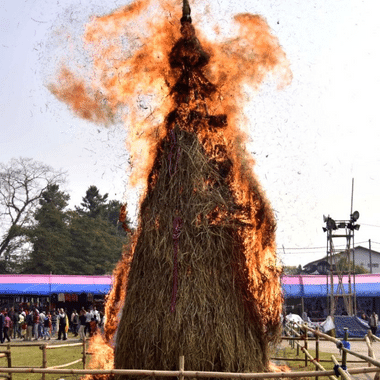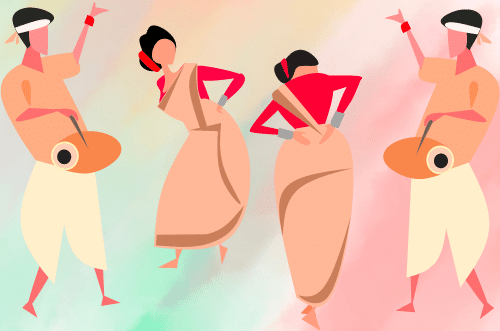Class 4 EVS Chapter 20 Summary Notes PDF Download
FAQs on Eating Together Class 4 EVS Chapter 20 CBSE Notes - 2025-26
1. How do people enjoy celebrating festivals?
These common festivals are held in a very harmonious way. Some contribute to the cause. Some make the arrangements. Once all the arrangements are done, cooking starts. Most of the participants share the responsibilities. This is how a major feast is arranged and festivals are celebrated.
2. What are the festivals mentioned in this chapter?
In Class 4 EVS Chapter 20, there are two festivals mentioned. They are Bihu and Uruka. Both the festivals are celebrated on the same date.
3. Why do we eat together?
At every celebration, we eat together. It can be a festival or a ceremony. Eating together is an act that keeps us bonded. We show fraternity and harmony by sharing what is cooked with everyone present.
4. Why is "Eating Together" an essential chapter in Class 4 EVS chapter 20?
Understanding the significance of sharing meals helps students appreciate different cultures and traditions, promoting unity.
5. What topics are covered in CBSE Class 4 EVS Chapter 20 revision notes by Vedantu?
The notes cover the importance of eating together, various food habits, and how different cultures celebrate meals.
6. How can these revision notes benefit my child's learning class 4 EVS?
The notes provide a simple and engaging way for kids to learn about social aspects of food, fostering a sense of community.
7. Is the PDF download of these revision notes for class 4 EVS chapter 20 free?
Yes, the PDF download is free, making it accessible for all students and parents.
8. How can these revision notes for class 4 chapter 20 make learning enjoyable for my child?
The notes use relatable examples, stories, and activities, making the learning experience enjoyable and meaningful for children.




















